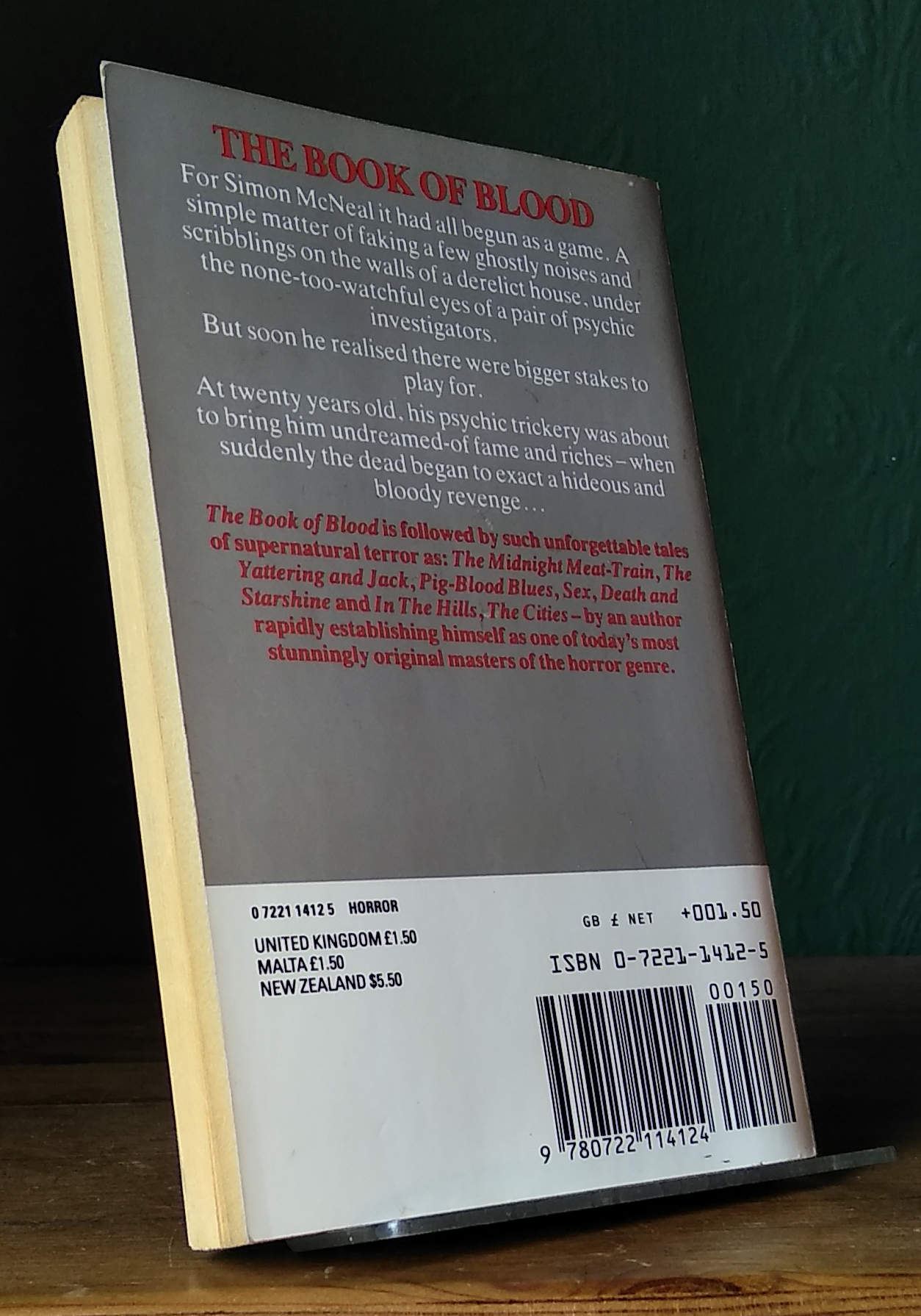

Other stories include that of Harry Reese, a former Hershey employee, who got the idea to fill a chocolate cup with peanut butter. Hershey, as it turns out, was a philanthropist with no heirs, who built an entire town and free school for orphans and children with difficult home lives, an establishment today that is the largest free kinder through 12th grade boarding school in the U.S.-all paid for with profits from the Hershey Company. The stuff of spy novels, what with Forrest Mars (a money-grubbing control freak) occasionally working for competitors and stealing their ideas. Intrigued?Īnd then there’s the industrial espionage and competition among the leading chocolate families such as the Lindts, Hersheys, Ghirardellis, Mars, Toblers, Nestlés, Cadburys, and Peruginas. He also lets you in on why European chocolate smells different from American chocolate. No, I’m not going to tell you what happened. In the chapter titled “Chocolate Meets Milk-By Way of Baby Formula,” readers learn how cocoa slowly transformed from a bitter drink into the super sweet or super rich treats we eat today.

Yes, that’s the word that eventually became “chocolate.” The process of drying the beans and roasting the nibs, and then provides a recipe for the reader to make their own version of the original spicy-bitter drink known as Xoxolatl (pronounced “sho- co-latl” or “ca- col-ahtl”). Newquist walks the reader through the growing environment for finicky and fragile cacao trees, etc…Did they really think they could keep this a secret? So cocoa became a quick sensation that only the wealthy could afford, of course. Then the Swiss got a taste while visiting Belgium, etc. But the Italians got their hands on some and started selling it. The invaders took cocoa back to Spain and tried to keep this tasty powder on the down low, effectively denying its existence so they could keep it all to themselves.

He also makes good use of the cacao historical drama, starting with Spaniards and the Aztecs. Luckily, Newquist knows how to engage readers with tantalizing questions like “What is chocolate, really?” Who isn’t interested in chocolate? But, arguably, a poor writer could make it a yawn-inducer. Just in time for Halloween! A treatise on that treat of treats!!! To research this book about chocolate, Newquist suffered through chocolate tasting after tasting, from “Venice to Vietnam.” I’m sure it was a horrible slog.

Are you drooling yet? Go ahead, wipe your chin.


 0 kommentar(er)
0 kommentar(er)
